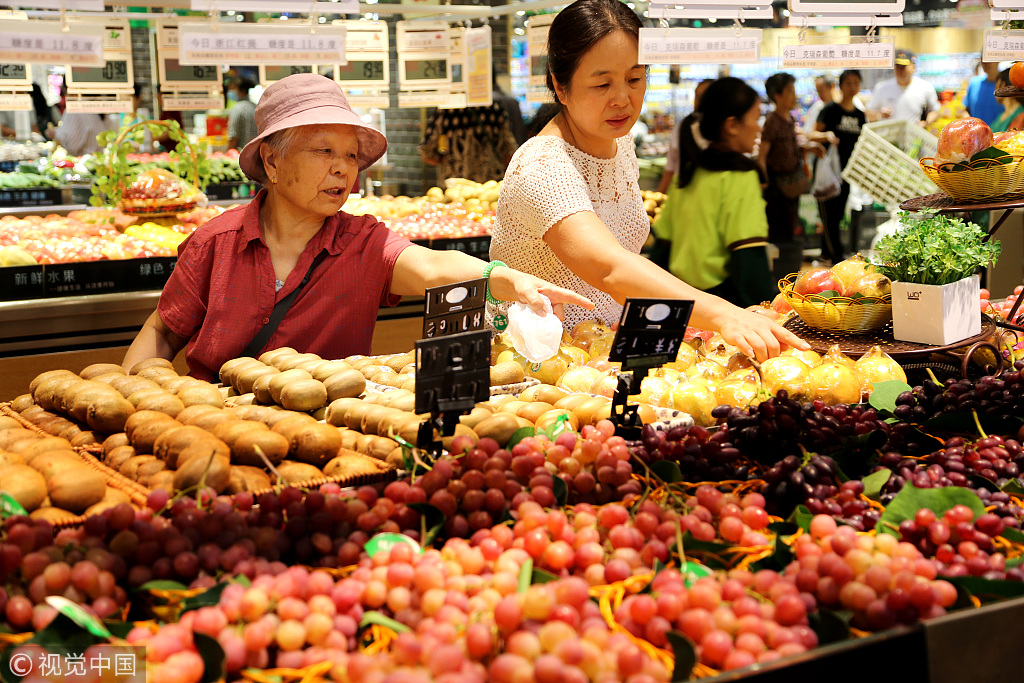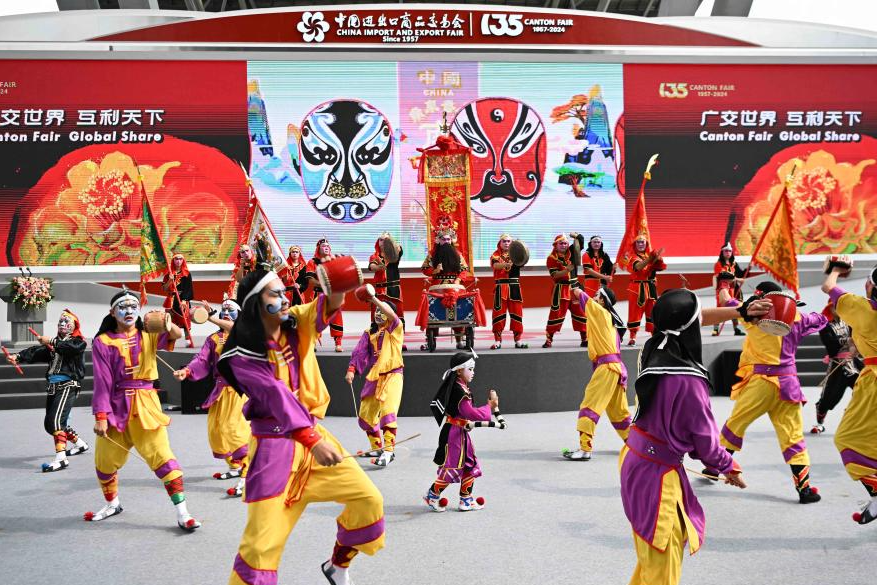Growth indicators for August improve


China has no worry of falling into a state of stagflation — economic growth stagnation plus high inflation — amid improving growth-related indicators in August, the National Bureau of Statistics said on Friday.
“(The state of) stagflation is nonexistent,” said Mao Shengyong, spokesman for the NBS, after the bureau released growth-related data for August that was better than expected.
China’s economic fundamentals remained sound as indicators such as industrial output and retail sales growth picked up in August, the NBS data showed.
Retail sales rose by 9 percent year-on-year last month, 0.2 percentage point higher than in July.
Industrial output posted steady growth in the same month, up by 6.1 percent year-on-year, accelerating by 0.1 percentage point over July, the data showed.
But fixed-asset investment growth fell to 5.3 percent in the January-August period, 0.2 percentage point lower than in the first seven months.
The job market remained stable, the NBS said. The urban surveyed unemployment rate was 5 percent in August, down by 0.1 percentage point compared with July, the data showed.
Mao said at a news briefing that August data showed the country’s economic fundamentals remained sound, and efforts should be made to further promote the high-quality development of the Chinese economy.
The output growth of high-tech and emerging industries, such as equipment manufacturing and strategically important new industries, was significantly higher than that of overall industrial output, the NBS said. High-tech manufacturing output expanded by 11.9 percent in August year-on-year, while output of new energy vehicles increased by 56 percent.
China’s consumer inflation rose by 2.3 percent in August, compared with 2.1 percent in July, triggering concerns that it may further strengthen in the coming months. Mao of the NBS said such concerns are unnecessary, because the surge in prices in August was mainly caused by seasonal factors, and nonfood prices remained stable.
Meanwhile, economic growth has been stable, standing between 6.7 percent and 6.9 percent in the past 12 consecutive quarters, indicating that the country will not face the danger of stagflation, Mao said.
Analysts said that as the effect of the country’s financial tightening since last year is gradually unfolding, the economy will face some downward growth pressure in the coming two to three quarters.
The Chinese Academy of Social Sciences said in a yearly bluebook on listed companies, released on Tuesday, that China’s GDP growth would slow to about 6.6 percent this year from 6.9 percent in 2017 due to lending contraction and external factors, such as the ongoing China-US trade disputes, rising oil prices and US interest rate hikes.
“The economy still faces the pressure of downward movement,” said Zhao Wei, an analyst at Changjiang Securities. “The authorities have taken targeted measures to stabilize growth.”




































